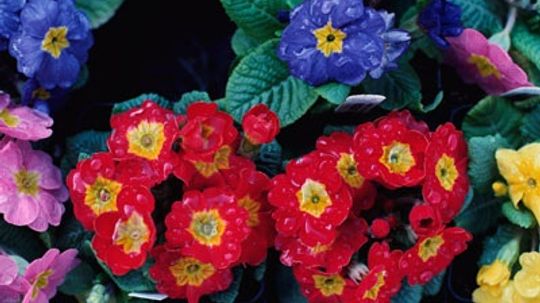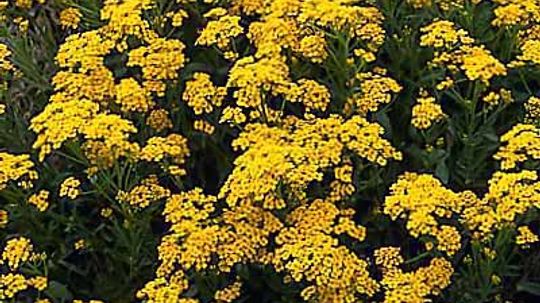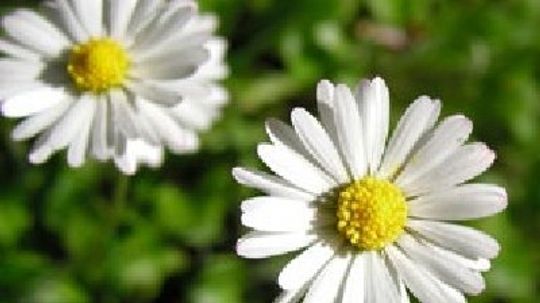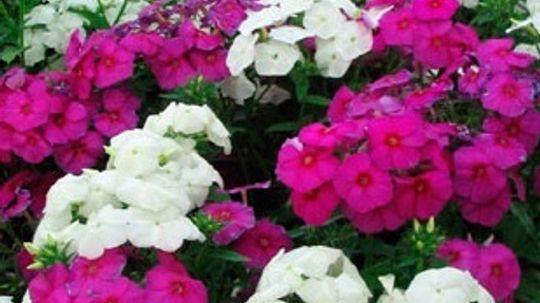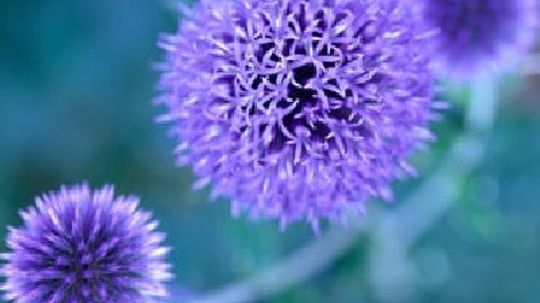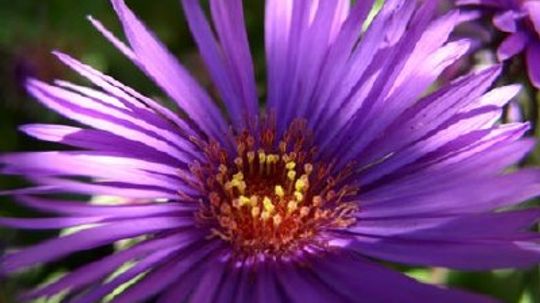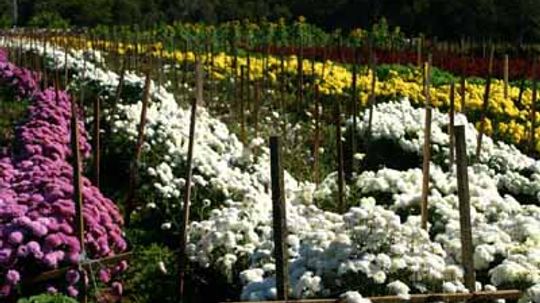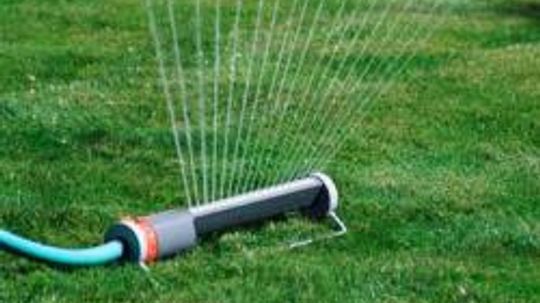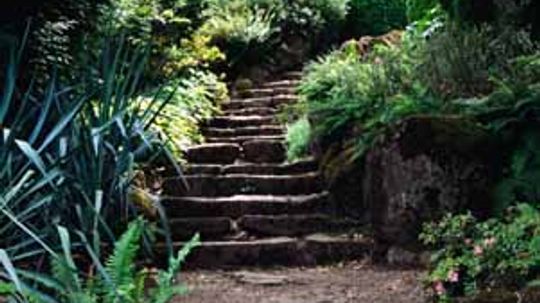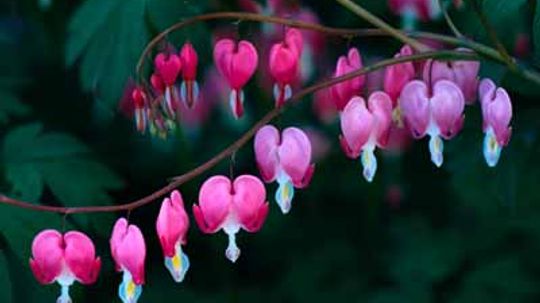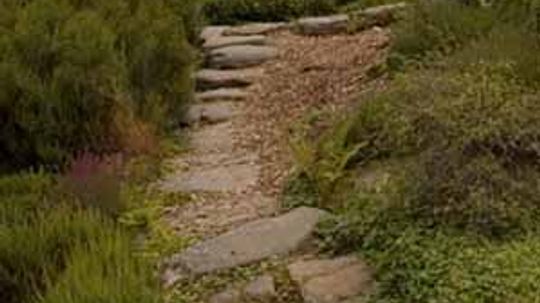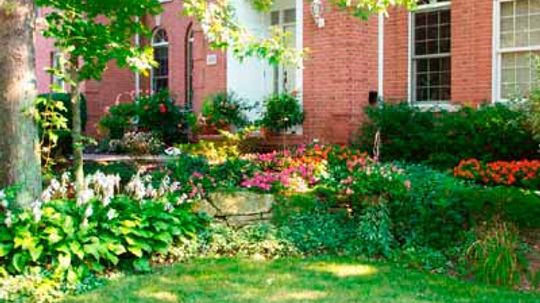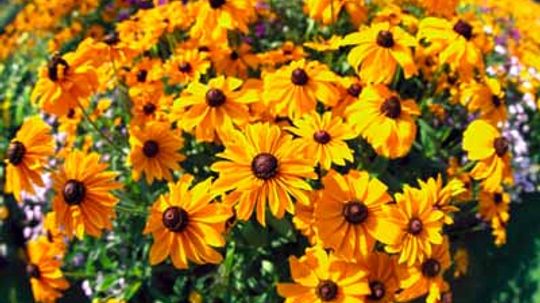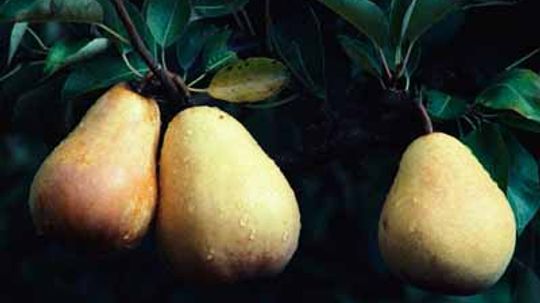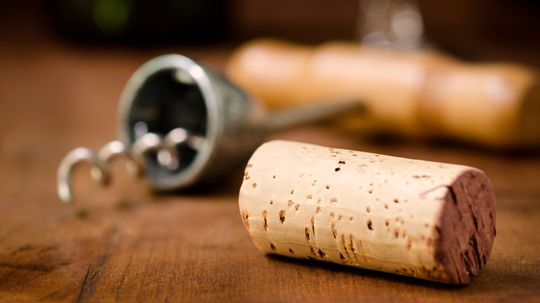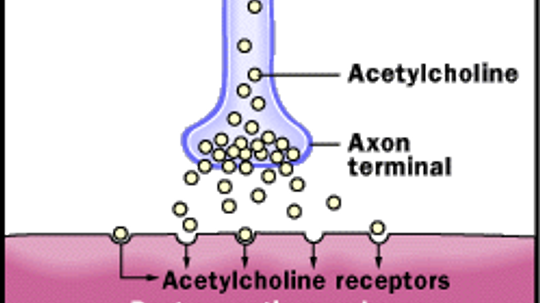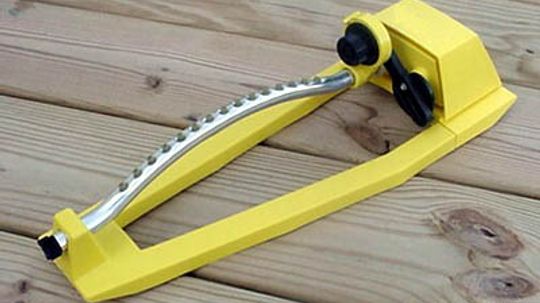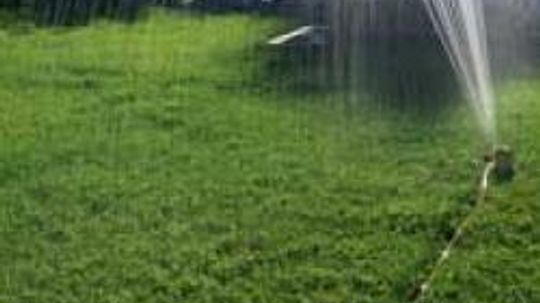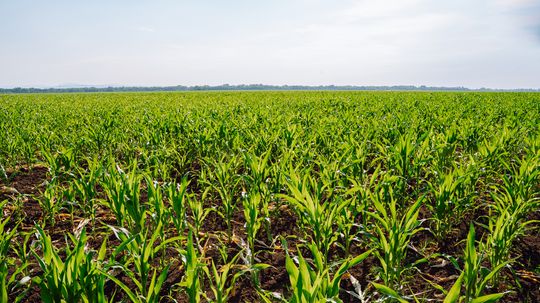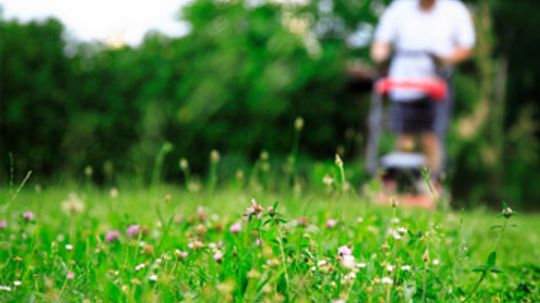Lawn and Garden
Yard and lawn care is an important part of maintaining a home. Learn about landscaping and get yard tips and advice from the experts at HowStuffWorks.
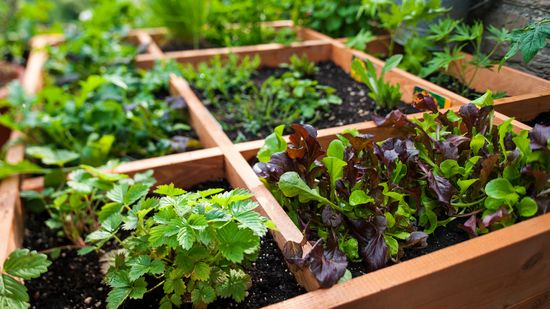
Square Foot Gardening: The Planting Method Created By an Engineer
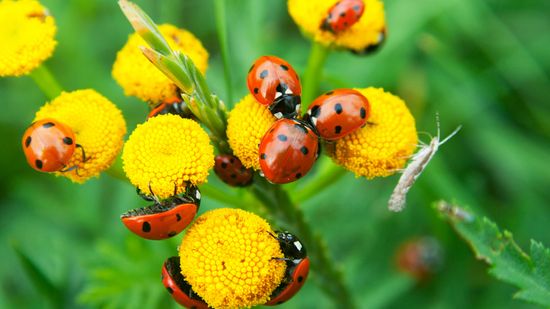
Put Down the Pesticides! Introduce Beneficial Insects Into Your Garden
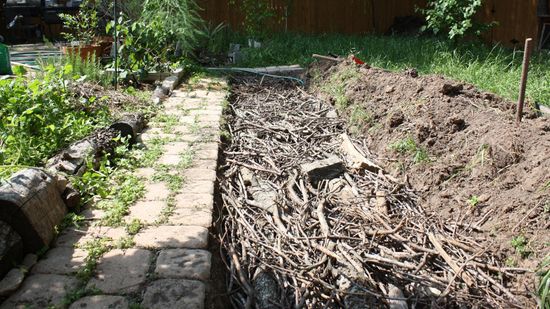
Hugelkultur Bed: Creating the Perfect Soil for Your Garden

Sandspurs: The Spiky Scourge of Feet and Lawns
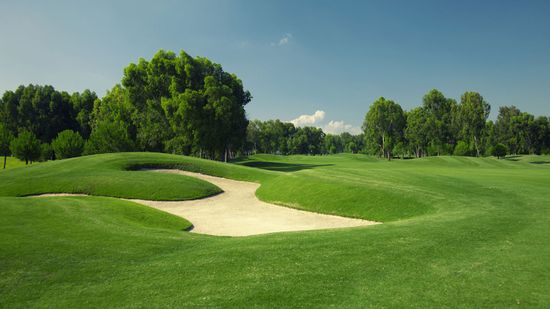
The Grass Is Always Greener When It's Zoysia
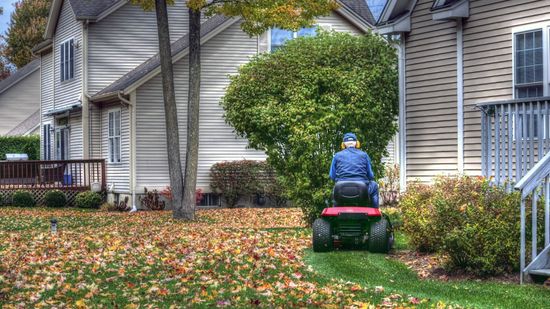
Why You Should Stop Raking Fall Leaves, Stat!
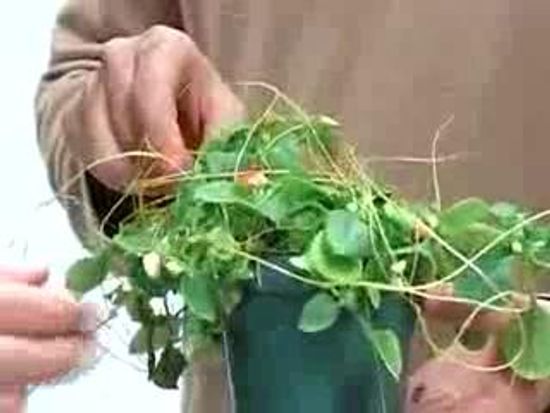
What time of day should you water your plants?
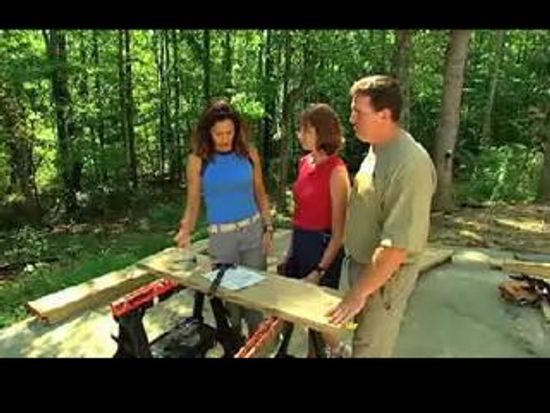
What types of stones work well in hardscape designs?

What is aquaponics?

How Azaleas Became the Signature Flowers of the South
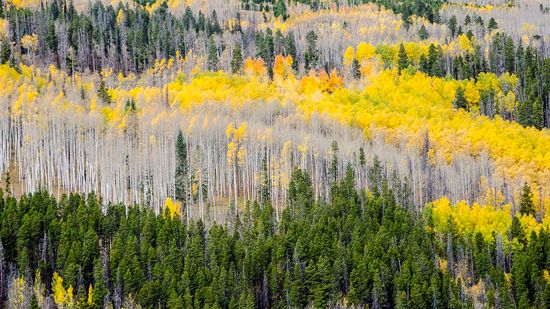
Why Evergreen Trees Don't Shed Their Needle-like Leaves
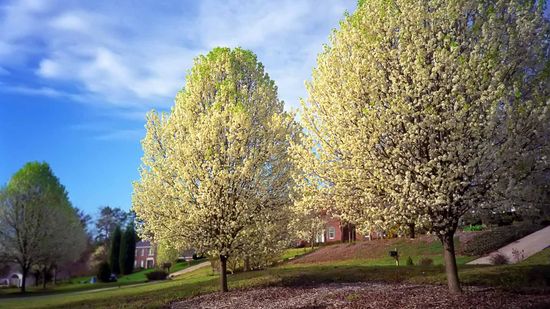
The Dreaded Bradford Pear Tree Smell Isn't Very Pear-Like
Learn More / Page 21
No need to worry if your garden soil is wetter than average. There are a number of great-looking perennials that do best in moist soil. Learn which perennial flowers to plant in your yard.
Choose shorter perennial flowers for the front of your garden to create depth in your garden design. In this article, we'll teach you which perennials stand under 12 inches tall for the perfect garden plan.
When planning a garden, the height of your flowers is an important consideration. Learn to use perennials 12-24 inches high, and find the knee-high plants that will best fit your vision for a home garden.
By Shane Wilson
Advertisement
Perennial flowers are an essential part of any home garden, and gardeners can use height to create a dramatic effect. Learn about the perennial flowers that grow to a height over 24 inches.
By Shane Wilson
Some gardens offer a quiet escape from the stimulation of modern life. These latter gardens use blue and purple to create a peaceful atmosphere. Learn how blue to purple perennial flowers cool down your garden.
By Shane Wilson
Many gardeners have shady spots in their yards. The areas that get a mix of light and shade are perfect for planting partial shade perennials. In this article, we'll describe great perennials for part shade.
Full sun perennials are flowers that need direct sun for at least six to eight hours a day. On this page, we list the full sun perennials by color and type to suit your garden.
Advertisement
Sooner or later, most of us decide to try our hand at growing a few favorite herbs. Herbs are survive in all kinds of conditions. Learn how to design and plant an herb garden.
By C. Colston Burrell
Some plants need just a little bit more support than the rest, either because of heavy clusters of flowers, slender stems, or a combination of both. Learn about various staking techniques in this article.
By C. Colston Burrell
Good soil is the first step to a great garden. The loose, dark earth of the gardens seen on television doesn't usually just happen, however. Learn how to make the most out of your soil.
By C. Colston Burrell
Without water, plants wilt and die. But too much water can be just as bad. Balancing plants' water needs is like having a healthful diet. Learn how to water plants.
By C. Colston Burrell
Advertisement
Shrubs are more than just small trees. They are a way to create attractive, organic designs for your landscaping. Shrubs come in a variety of shapes and sizes. Find out about designing with shrubs.
When preparing your home for the winter, don't forget to mulch your gardens to protect against winter burn. Mulching recycles nature's products to replenish your garden so that nothing is wasted. In the process, your garden will grow greener and healthier.
Perennials are distinct from annuals in that they return year after year, eliminating the need to buy and plant flowers every spring. Perennials generally bloom only one or two seasons per year. Learn about perennials.
If you really want to make the most of your garden, you might also want to consider such plantings as ground covers. Find out how to design your landscape to grow ground covers beautifully.
Advertisement
Many plants thrive in bright sun, which provides abundant energy for growth, flowering, and fruiting. But some plants need shadier conditions. Learn the sun requirements of various garden and house plants.
Annuals are flowers that bloom the first year they are planted, often flowering just a couple of months after sowing. Biennials produce only greenery the first year. Learn about annuals and biennials.
With so many different kinds of fruit are available, it's hard to decide which to grow. We'll help your spring planting by giving you the gardening methods you need. Learn how to grow fruits.
We can find cork in just about any wine bottle. Have you ever wondered where the cork comes from and how is the cork made into a bottle stopper? Find out the answer to those questions in this article from HowStuffWorks.
Advertisement
Dursban is a chemical that is widely used in the agricultural industry to help keep pests away from crops. Find out how the pesticide Dursban works with the help of this article.
Every year, there comes a time to pull out the oscillating sprinklers. Ever wonder just what makes an oscillating sprinkler oscillate? Find out!
In built-in lawn sprinkling systems, there is a device called an anti-siphon valve. What is it for and how does it work? Find out what this part of an irrigation system does with the help of this article.
What is fertilizer and why do plants need it? What do the three numbers on most bags of fertilizer mean?
Advertisement
If grass grows in your yard, sooner or later, you'll have to consider how to keep it trimmed and tidy. For those who don't mind a little manual labor, the answer is mowing it. How do you pick the best mower?
By Echo Surina
Wall fountains are popular for adding aesthetic value to a room as well as creating a relaxing atmosphere. But what should you know about them before investing in one for your home?
